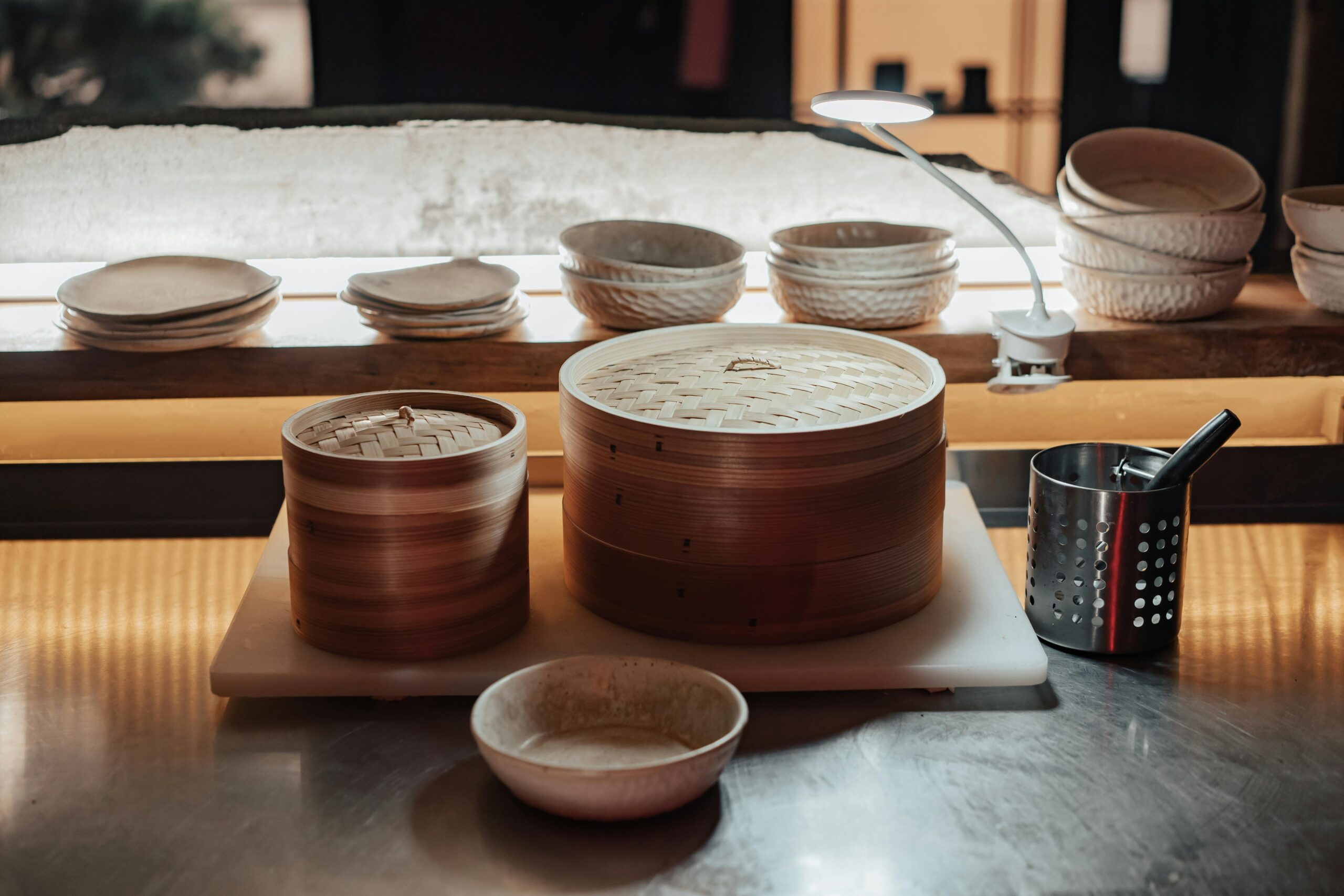
How to Master the Art of One-Pot Dinners Without Getting Bored
Tired of cooking a big meal only to face a mountain of dirty dishes afterward? You’re not alone. That’s exactly why one-pot dinners are a total lifesaver. Toss everything into one pot, pan, or skillet—less mess, less stress, and more time to relax.
But let’s be real: even the easiest meals can get repetitive. If your go-to one-pot recipes are starting to feel a little “meh,” don’t worry. With a few simple tricks, you can turn basic into brilliant—and keep dinner interesting night after night.
1. Switch Up Your Base Ingredients
The base of your dish sets the tone—whether it’s pasta, rice, grains, or noodles. But don’t use the same one every time.
- Try coconut rice instead of plain.
- Use orzo or couscous instead of spaghetti.
- Go lighter with cauliflower rice or spiralized zucchini noodles.
Rotating your base ingredients is a quick way to create variety and explore new flavors.
2. Explore Global Flavors
One of the easiest ways to keep things exciting is to take inspiration from different cuisines. A one-pot meal can transport you around the world.
- Italian: Sausage, orzo, marinara, and parmesan.
- Mexican: Chicken, rice, black beans, cumin, and lime.
- Asian: Udon noodles, vegetables, and soy-ginger sauce.
- Moroccan: Chickpeas, couscous, cinnamon, and raisins.
Even subtle changes in seasoning or sauce can make your dish feel completely different.
3. Balance the Meal
A well-rounded one-pot dinner usually includes protein, vegetables, a carb, and plenty of flavor. Keeping this balance in mind helps ensure your meals are both satisfying and nutritious.
Simple formula to follow:
- Protein: Chicken, tofu, shrimp, lentils, or eggs.
- Vegetables: Bell peppers, mushrooms, kale, carrots, or zucchini.
- Carbohydrates: Rice, potatoes, pasta, or quinoa.
- Sauce/Seasoning: Curry paste, pesto, broth, soy sauce, or spice blends.
Mix and match to find combinations that suit your taste.
4. Use Toppings to Add Interest
Even the simplest dish can be elevated with the right toppings. They add texture, freshness, and a finishing touch.
Try adding:
- A dollop of Greek yogurt or sour cream
- Fresh herbs like parsley or cilantro
- A squeeze of lemon or lime juice
- Grated cheese or nutritional yeast
- Toasted seeds or crushed nuts for crunch
These little extras can make a big difference.
5. Reimagine Leftovers
Leftovers don’t have to be boring. Reinvent yesterday’s dinner into something new and just as tasty.
- Turn leftover chili into stuffed bell peppers.
- Use extra curry as a sauce for roasted vegetables or grains.
- Stir leftover pasta into a quick soup or frittata.
With a little creativity, you can get two or even three meals out of one pot.
6. Keep Your Pantry Stocked
Having a well-stocked pantry and freezer makes it easier to throw together a one-pot meal anytime, even on your busiest nights.
Pantry staples to keep on hand:
- Canned beans and tomatoes
- Broths and stocks
- Rice, pasta, and grains
- Spice blends, sauces, and seasonings
- Frozen vegetables and proteins
When you’ve got the basics covered, dinner is always within reach.
7. Embrace Flexibility
One-pot meals are incredibly forgiving. If you’re missing an ingredient, swap it for something else. If you want to add extra vegetables or toss in some leftovers, go for it.
This type of cooking isn’t about following strict rules—it’s about making something delicious and practical with what you have.
Final Thoughts
One-pot dinners offer more than just fewer dishes—they bring ease, flexibility, and a chance to get creative in the kitchen. With a little planning and inspiration, you’ll never get bored. So grab your favorite pot, experiment with bold flavors, and get ready for stress-free, delicious dinners night after night.




